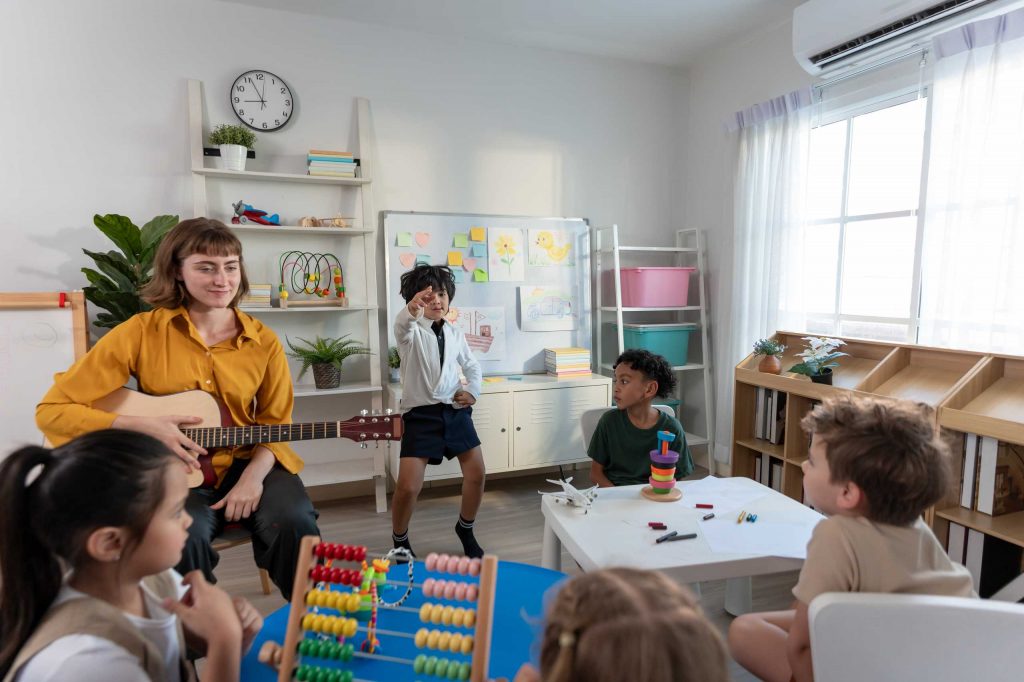When it comes to designing a budget-friendly home, smart space planning is a game-changer. How you arrange your furniture and organize your rooms can make even a small or modest space feel open, inviting, and functional — all without spending extra money.
Why Space Planning Matters
A well-planned space improves daily living by:
- Creating natural flow and easy movement
- Maximizing usable areas without overcrowding
- Highlighting your home’s best features
Without proper planning, even a large room can feel cramped or awkward.
Step 1: Measure and Map
Start with accurate measurements of your rooms. Draw a simple floor plan on paper or use free online tools. Knowing exact dimensions helps avoid costly mistakes and ensures furniture fits perfectly.
Step 2: Prioritize Functionality
Think about how you use each room:
- Where do you spend most of your time?
- What activities take place here?
- Who else shares the space?
Plan seating, workspaces, and storage based on these priorities to make your home truly livable.
Step 3: Choose Multi-Functional Furniture
Smart furniture choices can save space and money:
- Sofas with storage compartments
- Fold-out beds or tables
- Nesting or stackable chairs
These options offer flexibility, especially in smaller homes.
Step 4: Create Zones
Even in open-plan homes, visually separate areas using rugs, lighting, or furniture placement. For example:
- Define a reading nook with a comfy chair and lamp
- Separate dining from living areas with a sofa or bookshelf
- Use curtains or screens to add privacy without building walls
Zoning adds order and style without expensive renovations.
Step 5: Keep It Light and Airy
Cluttered, dark rooms feel smaller. Use mirrors to reflect light and create the illusion of more space. Choose light colors for walls and furniture to keep rooms bright and welcoming.
Step 6: Use Vertical Space
Don’t forget walls! Shelves, hooks, and wall-mounted storage free up floors and add personality. Vertical gardens or hanging planters bring greenery without taking up room.
Step 7: Plan for Growth
Design your space so it can adapt to changing needs — from growing families to new hobbies. Modular furniture and flexible layouts allow easy adjustments without extra cost.
Final Thought
Great space planning doesn’t mean spending more; it means thinking smarter. With intentional design and a few clever tricks, your home can feel spacious, stylish, and perfectly suited to your lifestyle.
Join Budget Smart Home Academy to master these skills and transform your home step by step.

